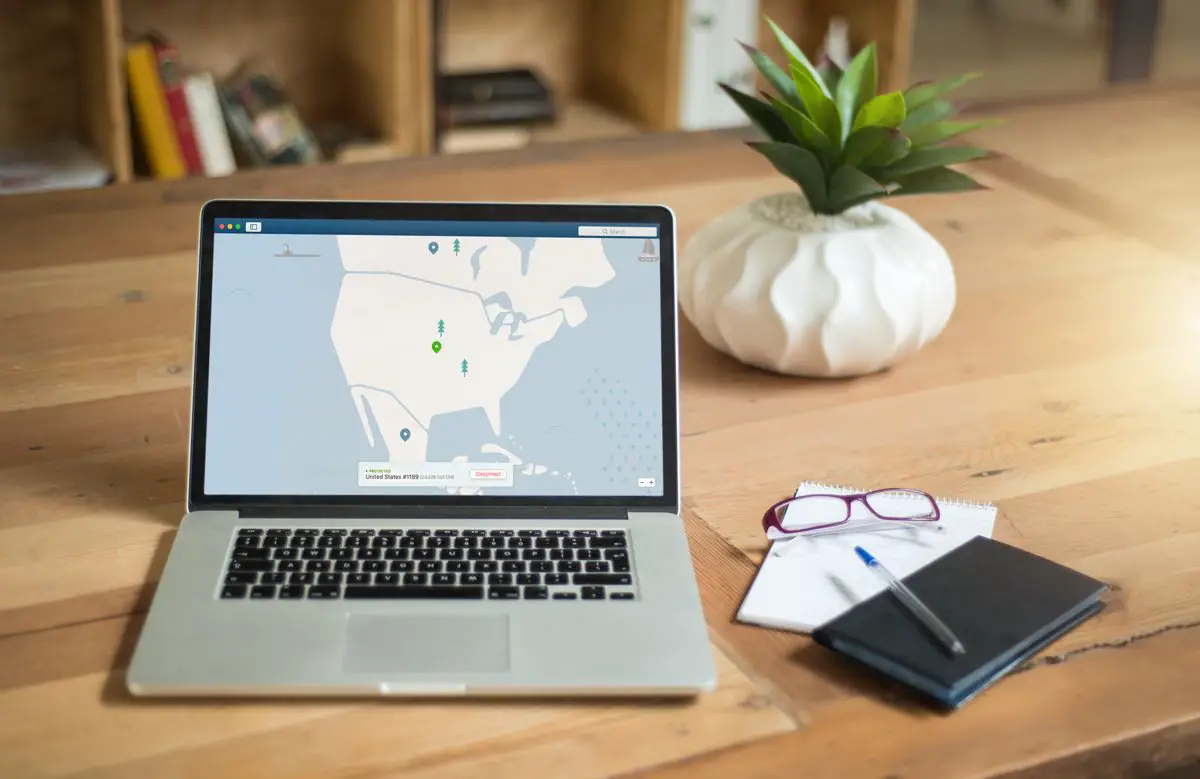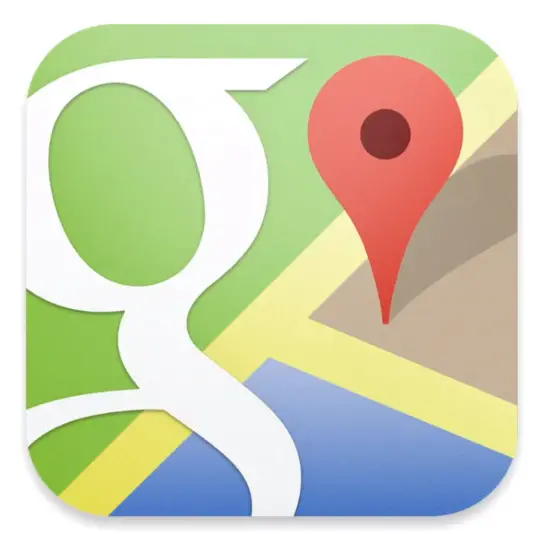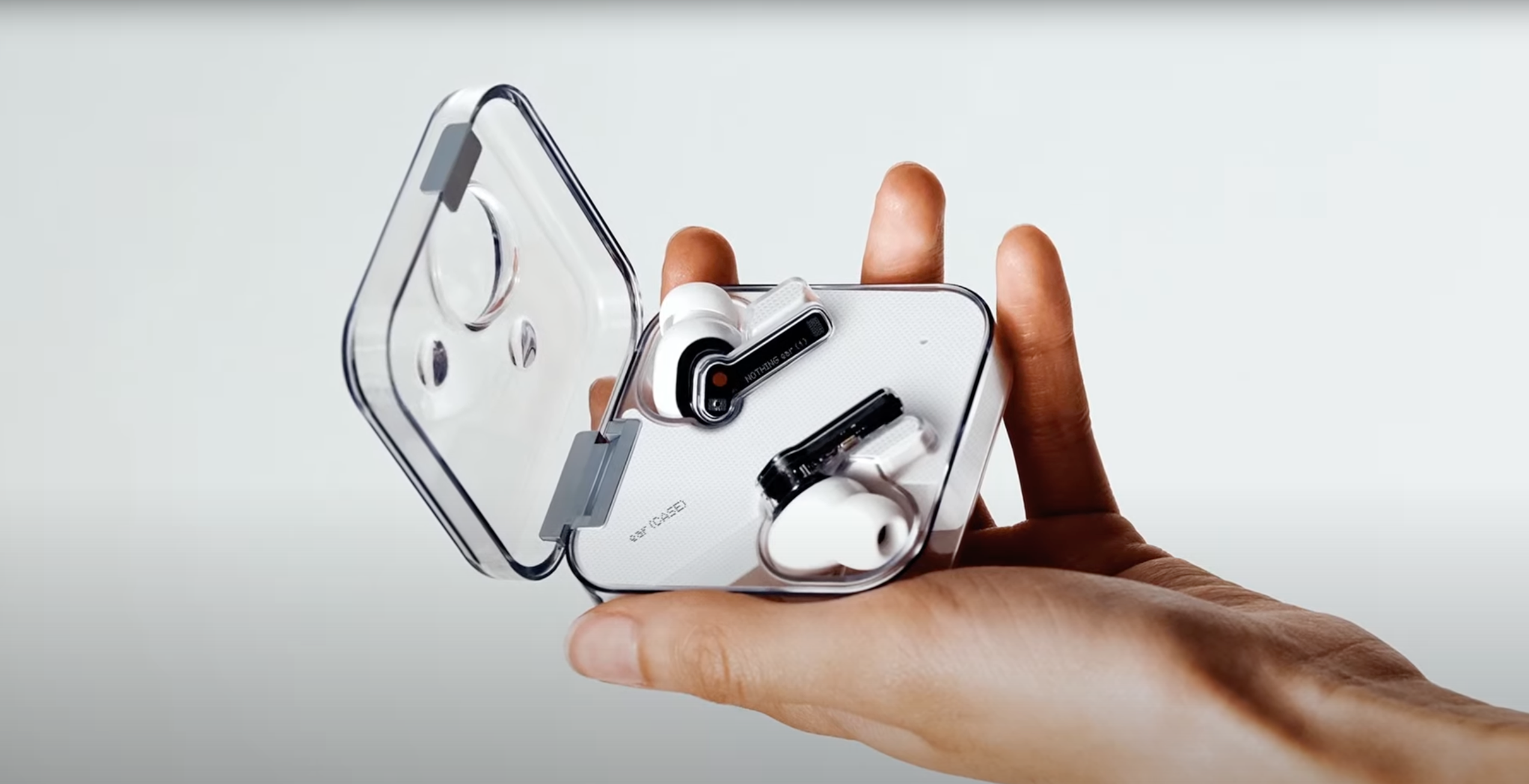The convergence of Mobile continues. The arms race for megapixel packed phones has somewhat taken the spotlight as several 8MP Camera Phones vie for dominance. Meanwhile, your traditional GPS navigation system is quietly tiptoeing towards the mobile edge… and at the bottom of that big cliff might lie Android.
Lets play a game called free association – say what comes to mind after this statement: GPS company… let me guess, you said “Garmin”. So would 99 out of 100 other people. Garmin simply dominates the GPS game. A lot of that could be due to superior branding (a la Coca-Cola) but most of it is they simply have a better product. The proof is in the pudding and Garmin’s proprietary product pool is filled to the brim.
How do we know? Well, if you’ve used Verizon Wireless’ GPS system, VZNavigator, which costs $9.99/month then you probably know what we mean. Or if you’ve used AT&T’s GPS Navigation system, appropriately boringly dubbed AT&T Navigator. They simply aren’t as precise: the directions/roads are sometimes wrong, the graphics are subpar, it can be hard to determine where a turn is coming, etc…
An important thing to note is that Garmin’s main competitive edge is in their software and knowledge base – NOT in their hardware. So, the transition to developing mobile phone navigation systems should be a smooth one. That sentiment is proven true with Garmin Mobile, a recently announced downloadable app for smartphones and BlackBerries for a one-time fee of $99.
We haven’t gotten a chance to play with Garmin Mobile’s nav system, but we’re guessing its some pretty solid stuff. Oh yeah, and they pull real-time traffic data from Traffic.com so you find alternate roots and such based on accidents, road work and the like.
Don’t get us wrong, Garmin isn’t going anywhere anytime soon – they’ve built a huge competitive edge in the navigation industry that is practically unrivaled. But, there seem to be plenty of companies gaining ground and one of them is Google.
Part of Garmin’s success comes from its accurate and updated maps. As Google covers more and more ground with their Google Street View and Google Earth systems, they are slowly building an infrastructure that could one day replace what Garmin has took so long to build. Its a matter of preference, I suppose, but if your GPS system asks you to turn right… would you rather see a fake map showing you which direction the road goes or a street view picture that shows you exactly what the road looks like where you are supposed to turn?
My guess would be the latter – if it is properly implemented that is. Implementation could take some time but the fundamentals are in place. Right now Garmin is using Traffic.com for updated traffic information… perhaps it won’t be long before they’re using Google Maps, Google Earth and Google Street View for graphical overlays?
Or perhaps Google will replace the need for Garmin altogether. The whole community element of what many call “Web 2.0” really illustrates the power in numbers. Android is able to deliver this power of numbers and integration so that PEOPLE can update new maps, new pictures, new everything while different applications interface with eathother to deliver the most seamless GPS navigational experience possible.
The missing link here is screen size – most phones don’t come with a screen nearly the size of the best GPS units which can make determining the streets/directions difficult depending on the device. But is there a reason Android couldn’t run on a device with a larger screen… or even on a piece of hardware designed specifically for GPS? We don’t see why not… first things first of course.
And if your mobile phone is already running Android and has all the necessary software, hardware and CPU components, minus the screen, why not sell GPS focused SCREENS without everything else… just plug your phone into your GPS Flat Screen via USB (or whatever custom connection they can charge you most for) and run navigation perfectly.
The navigational industry is going to be shook up and Android might be one of the primary responsible parties. If you pay for an Android device that has all these navigational capabilities via 3rd party applications, why pay for a completely new device to do GPS when your mobile phone does it best anyways? Why not just pay for the one thing you need – a dedicated screen for your car – and plug the first into the second?
That would make the most sense and we’re eagerly anticipating that day. Our guess is the first company to offer something like this is going to make bank. Don’t forget to tip us on your way to the top.
Oh… and another thing… GPS/mapping DOES fit into Google’s goal of “organizing the world’s information” but one has to think to themselves: how long will they let 3rd party developers play in the field before they try to trump them all with their own solution? We won’t take any guesses or even claim that will happen… but if you’re developing a GPS related solution for Android, it has to of crossed your mind.








great Article! Exactly what I have been thinking about. how neat would it be to be able to use True Street View while driving as opposed to a green line that may or may not represent a road. I just wish Google would update their satellite pictures more often, at least once every 6 or 9 months. As it stands, I think they update once every couple of years.